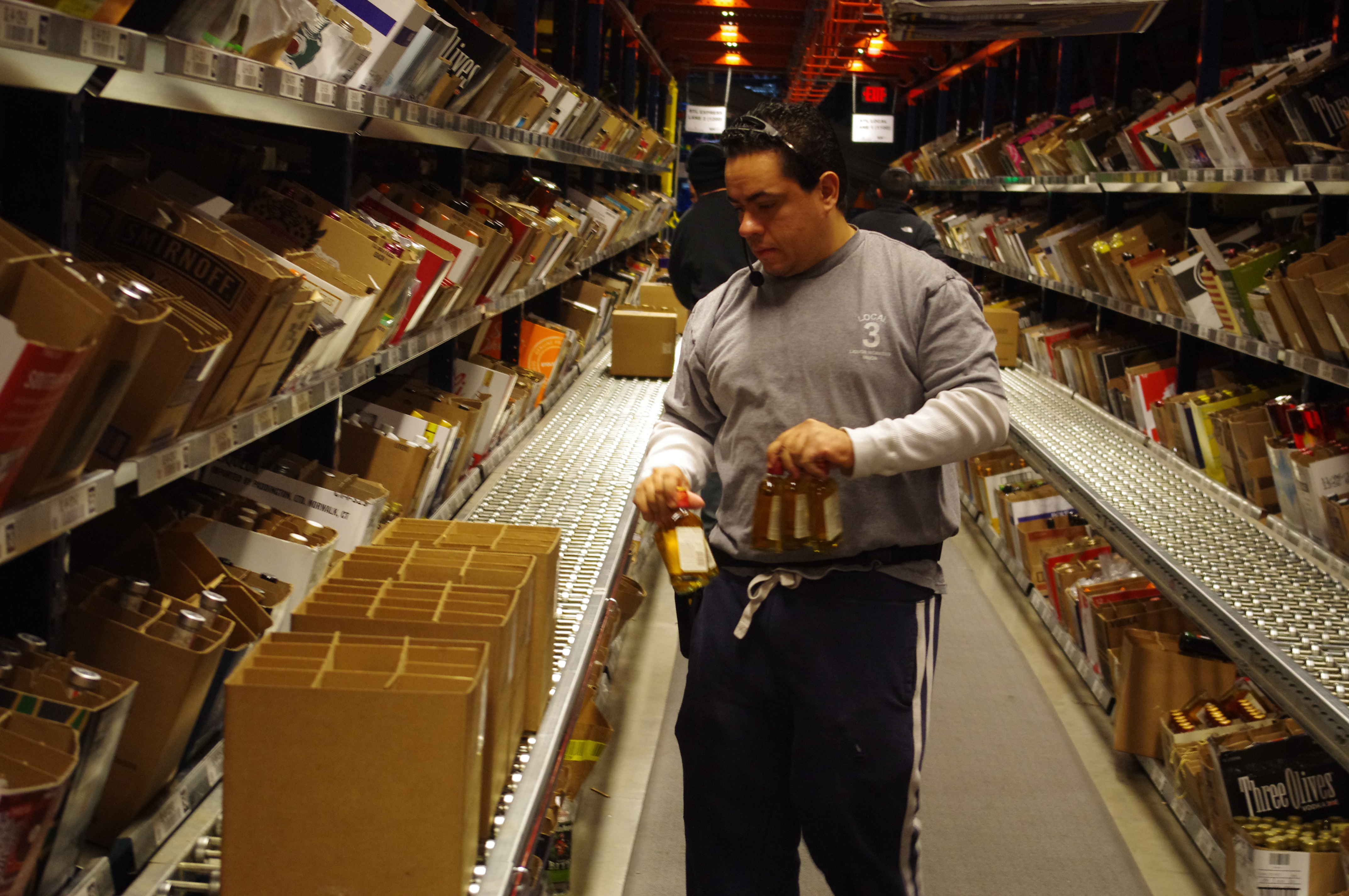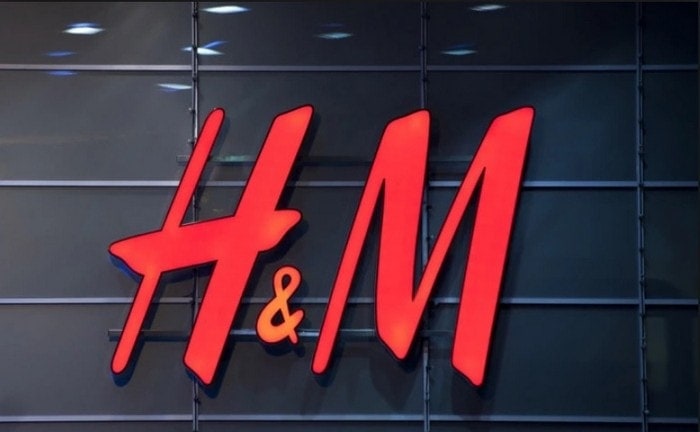
Meanwhile, for retailers that have both an online and brick-and-mortar presence, encouraging customers to return items in-store remains to be a vital key for success.Reverse logistics Reverse logistics stands for all operations related to the reuse of products and materials. While online retailers are coming to terms with the high volume of returns that come with online shopping, reducing the cost associated with those returns still remains a top priority for all in the industry.

Currently, the leaders of domestic reverse logistics are: FedEX/Genco, UPS SCS, and Ingram Micro Logistics. 3PLs conduct overseeing the collection, handling and distribution of the return goods, thus allowing retailers to maintain inventory management decisions without worrying over creating a robust supply chain network. However, one of the biggest course of growth for reverse logistics is brought about by building 3PL trust. Due to this, we’re seeing businesses racing to be the first to deliver the most optimized strategy for the circular economy, which could mean a growth opportunity for the industrial real estate market as two of the most likely, and easily deployed, solutions to reverse logistics involve the creation of additional warehouse and distribution centers. Bob Silverman, executive vice president with JLL’s supply chain and logistics solutions group, notes that with e-commerce sales and returns on the rise (15% annual growth rate) and many current distribution systems not optimized for the reverse flow, the need to develop a solid reverse logistics strategy is now paramount. The growth of reverse logistics has also changed the industrial landscape due to problems posed by the growing return habits of today’s consumer setting off serious business challenges for retailers across the board. stores in 10 retail vertical segments, and found that for every chain with a net closing of stores, 2.7 companies showed a net increase in store locations for 2017.” IHL Group analyst Lee Holman told RLA, “retailers opened 4,080 more stores in 2017 than they were closing and plan to open over 5,500 more in 2018… We recently reviewed over 1,800 retail chains with more than 50 U.S. And while this keeps the customers happy, for retail industries, reverse logistics is simply another way to save money. Which is why the introduction of returns became to be one of the best ways to keep loyal customers. Since the beginning of time, there seems to be a “transference of risk” from consumer to retailer. When you think about it, this culture of entitlement is not a new concept to the marketplace. Not only do third parties help gather and aggregate information on consumers, which helps identifying secondary markets, but they also provide insight on future consumer buying patterns. “So even though returns are significantly higher when the transaction is done through e-commerce, we find that there are many hidden opportunities to be gained.”Īccording to Dankert, RILA is encouraging its members to collaborate more closely with their warehousing and third-party logistics provider (3PL) partners to turn the current reverse challenges-driven by our trending “culture of entitlement”-into opportunities. “Retailers are problem solvers first and foremost,” she says. Jess Dankert, vice president of supply chain for the Retail Industry Leaders Association (RILA), agrees with Sciarrotta, maintaining that while reverse logistics is not a attractive issue, it certainly provides a solution for the ever-growing return conundrum.
#Another word for reverse logistics free#
Tony Sciarrotta, executive director of the Reverse Logistics Association (RLA) comments, “With customers insisting on free returns, reverse logistics is going to be under a lot of pressure to satisfy consumer expectations and demand… furthermore, consumers feel entitled to return goods when they realize they don’t want or need them.” In fact e-commerce purchases are three to four times higher than that for brick-and-mortar purchases. With more and more consumers opting to shop online rather, it’s pretty evident that the reverse sector is only going to grow in the coming years.

However, in today’s era of the fickle e-commerce customers, the reverse logistics loop represents an untapped opportunity for hard-working, imaginative logistics managers and their third-party logistics partners.

And for many logistics and supply chain professionals, reverse logistics has been regarded as a less-than-ideal option. There has just always seemed to be a negative connotation attached to the word. Often when people hear the term “reverse,” synonyms like “return,” “retreat,” or “retread,” are often thought of.


 0 kommentar(er)
0 kommentar(er)
